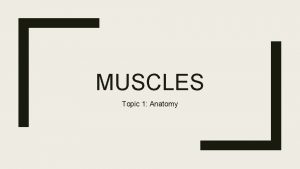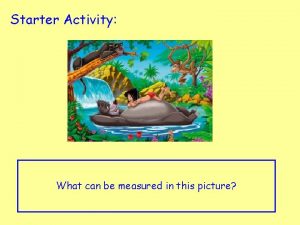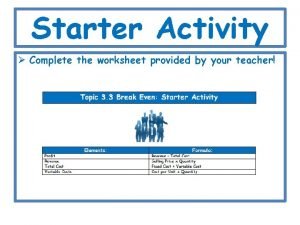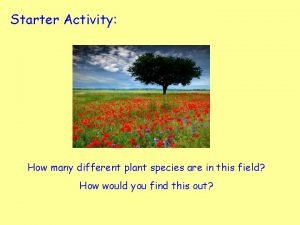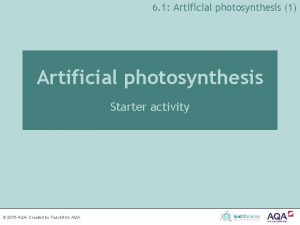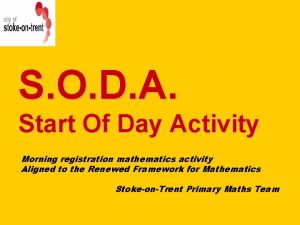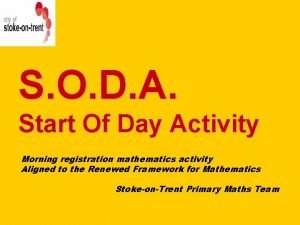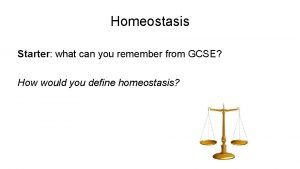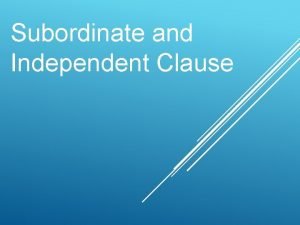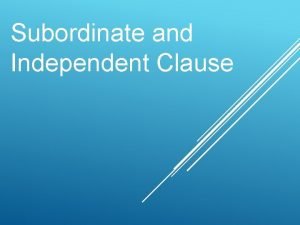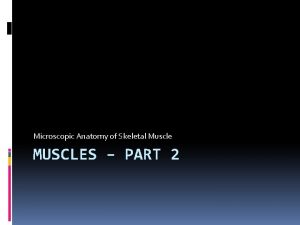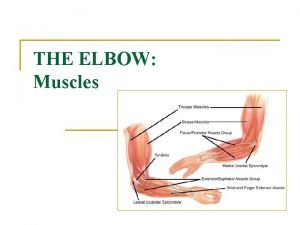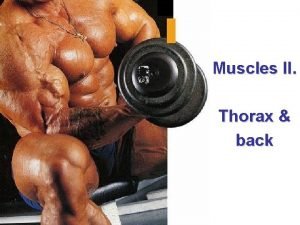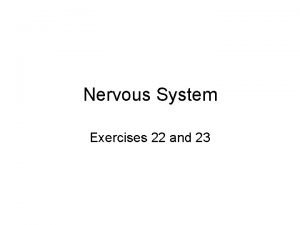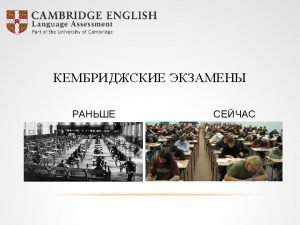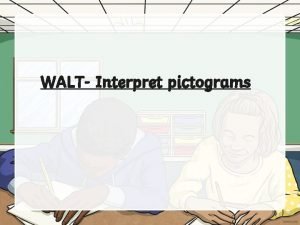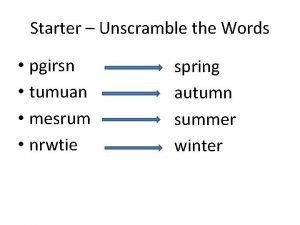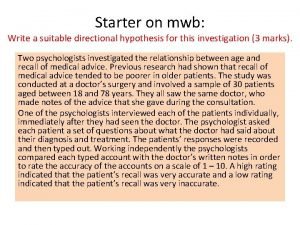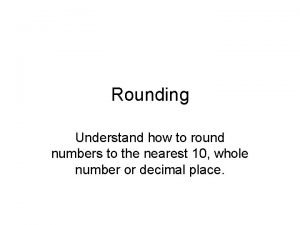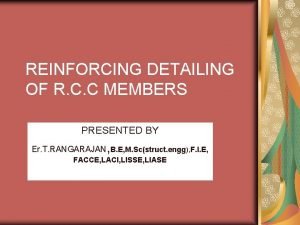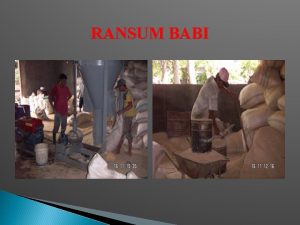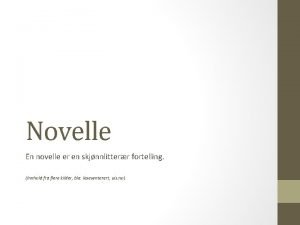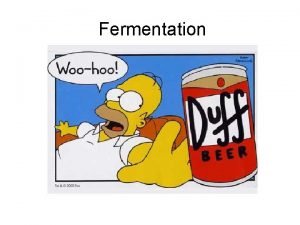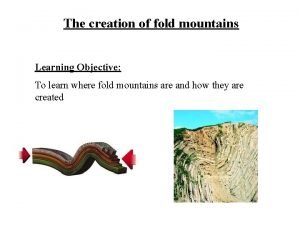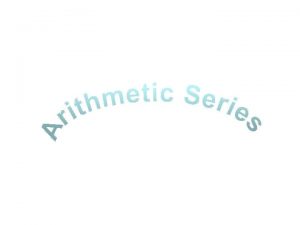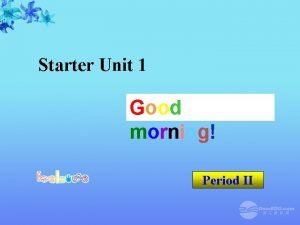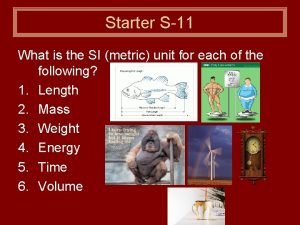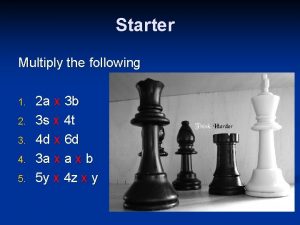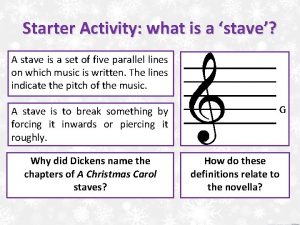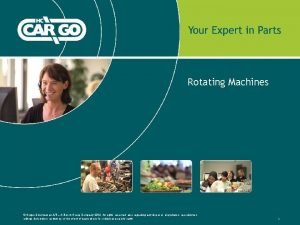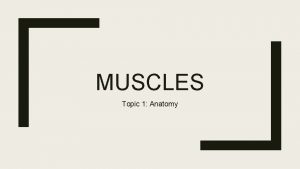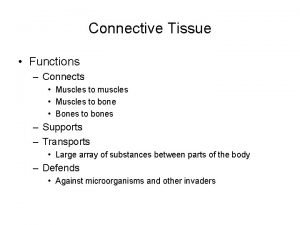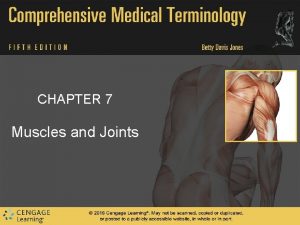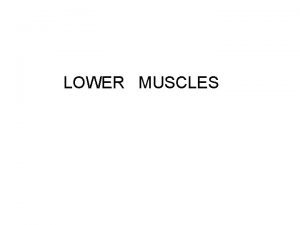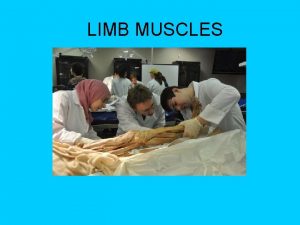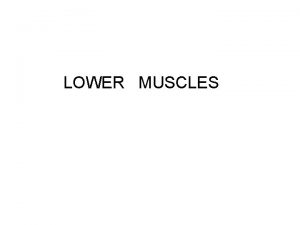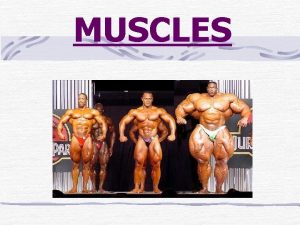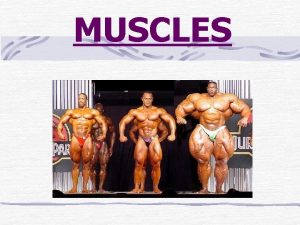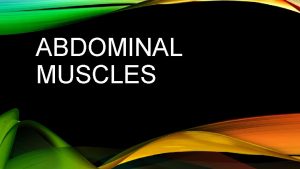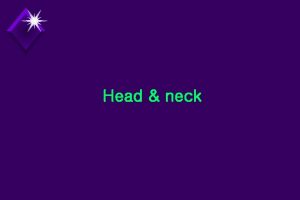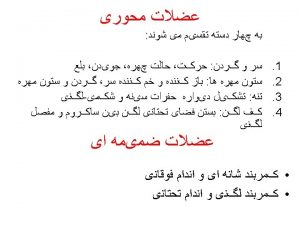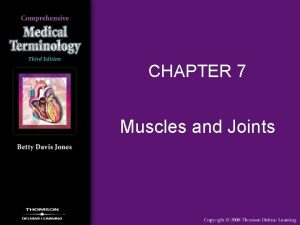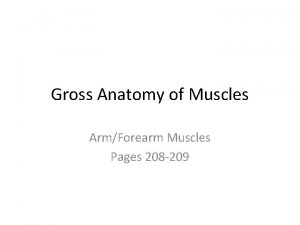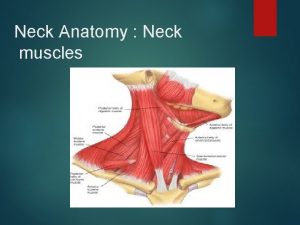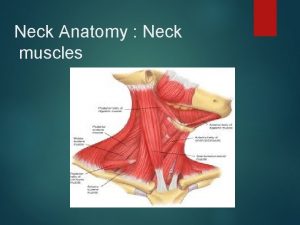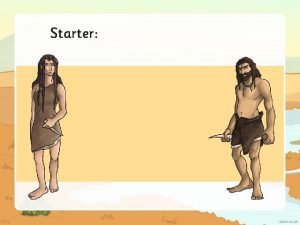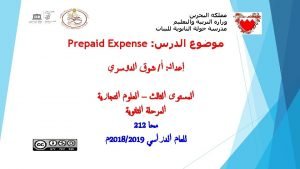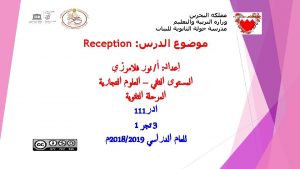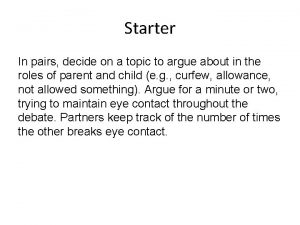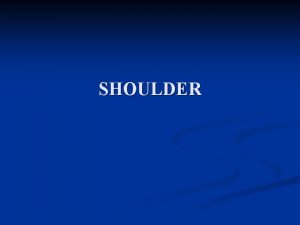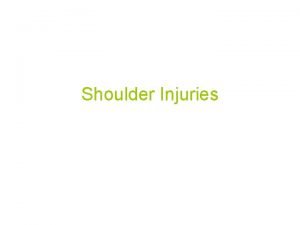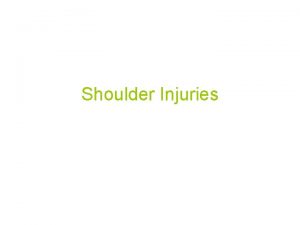MUSCLES Topic 1 Anatomy Starter Group Activity Decide














































- Slides: 46

MUSCLES Topic 1: Anatomy

Starter – Group Activity Decide whether the following statements are true or false: 1. There are over 1, 000 muscles in the human body. 2. Skeletal, or voluntary, muscles are the ones you can control. 3. Ligaments connect muscle to bone. 4. Your heart is a muscle. 5. A muscle gets strained when it is stretched too much. 6. A sprain happens when a tendon is stretched too much. 7. Muscles that are not used can get smaller and weaker 8. If something hurts during sport you should play through the pain and it will go away.

Answers 1. There are over 1, 000 muscles in the human body. – False. There are over 600 2. Skeletal, or voluntary, muscles are the ones you can control. – True. You can control your skeletal muscle 3. Ligaments connect muscle to bone. – False. Ligaments connect bones to other bones. 4. Your heart is a muscle. – True. The heart is “cardiac muscle” 5. A muscle gets strained when it is stretched too much. – True. This can happen when not properly warm or during over-exertion. 6. A sprain happens when a tendon is stretched too much. – False. Sprains occur in ligaments. STRAINS occur in tendons 7. Muscles that are not used can get smaller and weaker – True. This is known as atrophy. 8. If something hurts during sport you should play through the pain and it will go away. – False. If something hurts, stop or slow down and you may need to get it checked out.

Muscles Introduction ■ There are over 600 (roughly 650) muscles in the human body. ■ They allow us to move and vary in size, shape and structure. ■ Muscles make up about 40 -50% of the weight of the body.

Types of Muscle 1. Skeletal Muscle – Used to move the skeleton – Voluntary control – Striated appearance 2. Cardiac Muscle – Line the walls of the heart – Involuntary control – Striated appearance Striated: appearance of light and dark stripes 3. Smooth Muscle – Line the walls of blood vessels and hollow organs – Involuntary control – Not striated


What do we use our muscles for? ? ? 1. Joint Movement 2. Movement of substances in our body (ex. Food, feces, blood) 3. To stabilize the skeleton 4. Generate body heat

Properties of Muscle Tissue ■ Contractility – the ability of muscles to contract and generate force ■ Extensibility – the ability of muscle to be stretched beyond its normal resting length ■ Elasticity – the ability to return to its original resting length after the stretch is removed.

Class Thought Why do you warm up before playing sports?

Which muscles do you already know?

Which muscles do you already know?

Origin and Insertion of Muscles ■ Two attachment points for muscles: 1. Origin is usually the more proximal attachment (closest to the center of the body). This is the bone that usually stays fixed. 2. Insertion is usually the more distal attachment (furthest from the center of the body). This is usually the moveable bone.

Example: Bicep Curl Origin The arm is being flexed. • The radius and ulna are the moving bones (insertion) • The humerus and scapula are stationary (origin) Insertion


How Muscles Work ■ Skeletal muscles work across a joint and are attached to bones by strong cords known as tendons. ■ Most muscles work in pairs. As one muscle contracts, the other relaxes to allow the movement to take place. ■ Muscles must work together because a muscle can only pull on a bone, it cannot push the bone back to its original position – the other muscle in the pairing is responsible for this – depending on the type of motion.

Example: Biceps Brachii and Triceps Brachii Agonist Antagonist

How Muscles Work ■ The muscle doing the work (contracting) and creating the movement is called the agonist. ■ The muscle which is relaxing and letting the movement take place is called the antagonist. ■ Supporting muscles that aid the agonist are called synergists. ■ Muscles that stabilize other parts of the body during movement are called fixators or stabilizers.

Muscles of the Trunk ■ Important role in stability ■ Anterior muscles include the: – rectus abdominus and – external obliques. ■ The main posterior muscle is the: – erector spinae. 18

Rectus Abdominis ■ Paired midline muscles ■ Powerful flexor of the anterior abdominal wall ■ Strengthening of the abdominal muscles is a very important part of back therapy, because the abdominals act to support the back Rectus Abdominis ■ Origin: pubis ■ Insertion: 5 th -7 th ribs and sternum 19

External Oblique ■ Origin: lower eight ribs ■ Insertion: ilium ■ Functions: – Lateral bending of the abdomen – Rotation of the abdomen – Extension of the abdomen during forced inspiration – Allow the development of a pregnant uterus – Contract to help expel fecal contents from the rectum External oblique 20

Erector spinae muscles ■ Important posterior neck muscles ■ Origin: ribs, cervical, thoracic and lumbar vertebrae, ilium ■ Insertion: ribs, cervical, thoracic and lumbar vertebrae ■ Maintain your erect position – Also called anti-gravity muscles – When someone faints, these muscle no longer function and the body falls face forward to the ground 21

Muscles of the Upper Extremity ■ Anterior muscles: - deltoid - pectoralis major - biceps brachii ■ Posterior muscles: - trapezius - latissimus dorsi - triceps brachii 22

Deltoid – posterior view Deltoid – anterior view Origin: scapula, clavicle Insertion: lateral humerus Since the fibers run across the joint in several directions, it is involved in most shoulder movements. 23

Pectoralis Major Origin: sternum, clavicle, anterior ribs Insertion: lateral humerus Involved in all shoulder movements where the arm is brought forwards and upwards. 24

Biceps Brachii Has two heads (hence bi-ceps) Origin: Scapula Insertion: radius Crosses two joints – it is involved in both shoulder and elbow movement. It flexes (bends) the arm upwards at the shoulder and flexes (bends) the elbow. Also supinates the forearm 25

Trapezius ■ Location: posterior neck and upper back ■ Important lateral neck muscles ■ Origin: base of the skull, cervical and thoracic vertebrae ■ Insertion: clavicle, scapula ■ Movements: – Acting alone, tilt the head to the one side – Raise the shoulders 26

Latissimus Dorsi ■ Brings the arm backwards and rotates the arm inwards ■ Origin: sacrum, ilium, thoracic and lumbar vertebrae ■ Insertion: humerus ■ Good for rowing and swimming 27

Triceps Brachii ■ Located on the posterior upper arm ■ Origin: scapula, humerus (has three heads) ■ Insertion: ulna ■ Helps move the arm backwards and straightens the elbow Triceps 28

Muscles of Lower Extremity ■ Generally bigger than the upper extremity muscles. ■ They bear the weight of the entire body and forcefully push off the ground to move forwards and upwards when walking. 29

Muscles of the Lower Extremity ■ Anterior Muscles - iliopsoas - sartorius - quadriceps - tibialis anterior ■ Posterior Muscles - gluteus maximus - hamstrings - gastrocnemius - soleus 30

Iliopsoas ■ Deep muscle ■ Important for standing, walking & running ■ Hip flexor ■ Origin: lumbar vertebrae, ilium ■ Insertion: inner femur 31

Sartorius (MY FAV!!) ■ Origin: ilium ■ Insertion: medial tibia ■ Longest muscle in the body – Used to sit cross-legged ■ Primary knee extensors ■ Sartorius and Rectus femoris also aid in flexion of the hip 32

Quadriceps (will need to know all 4) ■ 4 muscles used to straighten the knee joint. ■ Important for jumping and kicking Muscle Origin Insertion Rectus femoris Ilium All four the same Vastus lateralis Femur patella and Vastus intermedius Femur upper tibia Vastus medialis Femur ““ 33

Tibialis anterior This is why you feel “shin splints” - tib ant is soar ■ Located front of leg ■ Origin: lateral tibia ■ Insertion: first metatarsal ■ Pulls toes towards the shins ■ Used in walking and running 34

Gluteus Maximus ■ Largest of the three buttock muscles ■ Moves thigh backwards and principal extensor of the hip ■ Origin: posterior ilium, sacrum and coccyx ■ Insertion: lateral femur Gluteus Maximus 35

Hamstring group - 3 muscles ■ Primary flexors of the knee ■ Also extend the hip ■ Powerfully used when running and kicking Long Head of Biceps Femoris Short Head of Biceps Femoris Semitendinosus Semimembranosus 36

Two main muscles in the calf ■ Gastrocnemius - most superficial and most prominent Gastrocnemius - has two proximal heads - Origin: posterior femur - Insertion: calcaneus (via achilles tendon) Soleus ■ Soleus - Origin: posterior tibia and fibula -Insertion: calcaneus via achilles tendon Achilles Tendon Principal plantar flexors of the ankle 37

Structure of Skeletal Muscle ■ Fascia is a type of connective tissue that is located inbetween and surrounding other tissues of the body such as muscles and bones. ■ Fascia is made up of fibrous tissue, adipose tissue, and fluid

3 Layers of Fascia in Skeletal Muscle 1. Epimysium – Outer layer surrounding entire muscle. – Tendons are continuation of the epimysium 2. Perimysium – Surrounds each bundle of muscle fibers or fascicles 3. Endomysium – Surrounds the individual muscle fibers

Structure of Skeletal Muscle ■ Muscle is surrounded by a membrane called the epimysium which comes together at the attachment point to form the tendon. ■ The “muscle belly” is divided into bundles called fascicles which are surrounded by their own membrane called the perimysium. ■ Each fascicle is made up of individual muscle cells called muscle fibers which are surrounded by a membrane called the endomysium.

Structure of Skeletal Muscle


Sliding Filament Theory …more in Ch. 4

Group or Individual Activity Can you make a flow diagram to show the different levels of skeletal muscle structure? Start with…skeletal muscle End with… actin and myosin

Group Activity Skeletal Muscle Fascicle Muscle Fiber Can you make a flow diagram to show the different levels of skeletal muscle structure? Start with…skeletal muscle Myofibril Sarcomere End with… actin and myosin Myofilaments Actin and Myosin

Summary ■ Human anatomy deals with the structures that make up the human body (structure determines function) ■ The bones, joints, and muscles that make up the musculoskeletal system allow numerous movements to occur, with varying degrees of: – Motion capabilities – Strength – Flexibility § Bones provide the structural framework necessary for support § Muscles supply the power § Joints supply the mechanism that allows human movement to occur 46
 Starter which muscles do you already know
Starter which muscles do you already know Abiotic factors clipart
Abiotic factors clipart Starter activity
Starter activity Paired statement key worksheet
Paired statement key worksheet Photosynthesis starter activity
Photosynthesis starter activity Starter of the day activity soda morning soft start
Starter of the day activity soda morning soft start Starter of the day activity soda morning soft start
Starter of the day activity soda morning soft start Homeostasis starter activity
Homeostasis starter activity Decide whether each group of words is an independent clause
Decide whether each group of words is an independent clause Decide whether each group of words is a clause
Decide whether each group of words is a clause Microscopic anatomy of skeletal muscle
Microscopic anatomy of skeletal muscle Bicep insertion elbow
Bicep insertion elbow Inervation
Inervation Auxillary muscle
Auxillary muscle Clincher sentence example
Clincher sentence example What are the steps in narrowing down research topic
What are the steps in narrowing down research topic Quadriceps femoris group of muscles
Quadriceps femoris group of muscles Reactant products and leftovers
Reactant products and leftovers Debye huckel limiting law
Debye huckel limiting law How to draw aoa diagram
How to draw aoa diagram Activity 1 introductory activity
Activity 1 introductory activity Activity 1 activity 2
Activity 1 activity 2 Activity 2 plus and minus
Activity 2 plus and minus Activity 1 activity 2
Activity 1 activity 2 Flyers ket pet
Flyers ket pet Pictogram starter
Pictogram starter Reichstag fire who was the fire starter
Reichstag fire who was the fire starter Starter unscramble
Starter unscramble Directional and non directional hypothesis
Directional and non directional hypothesis Starter background
Starter background Solving equations foundation
Solving equations foundation Rounding starter
Rounding starter Romeo and juliet in 10 minutes
Romeo and juliet in 10 minutes L=8
L=8 Pakan babi bunting
Pakan babi bunting Virkemidler i noveller
Virkemidler i noveller Midlife crisis starter pack
Midlife crisis starter pack Nata de coco starter culture
Nata de coco starter culture Location of fold mountains
Location of fold mountains Best wordle starters
Best wordle starters Nth term starter
Nth term starter Good morning starter
Good morning starter Good morning starter
Good morning starter Starter s11
Starter s11 Multiply starter
Multiply starter A christmas carol starter activities
A christmas carol starter activities Hc-cargo catalogue pdf
Hc-cargo catalogue pdf
